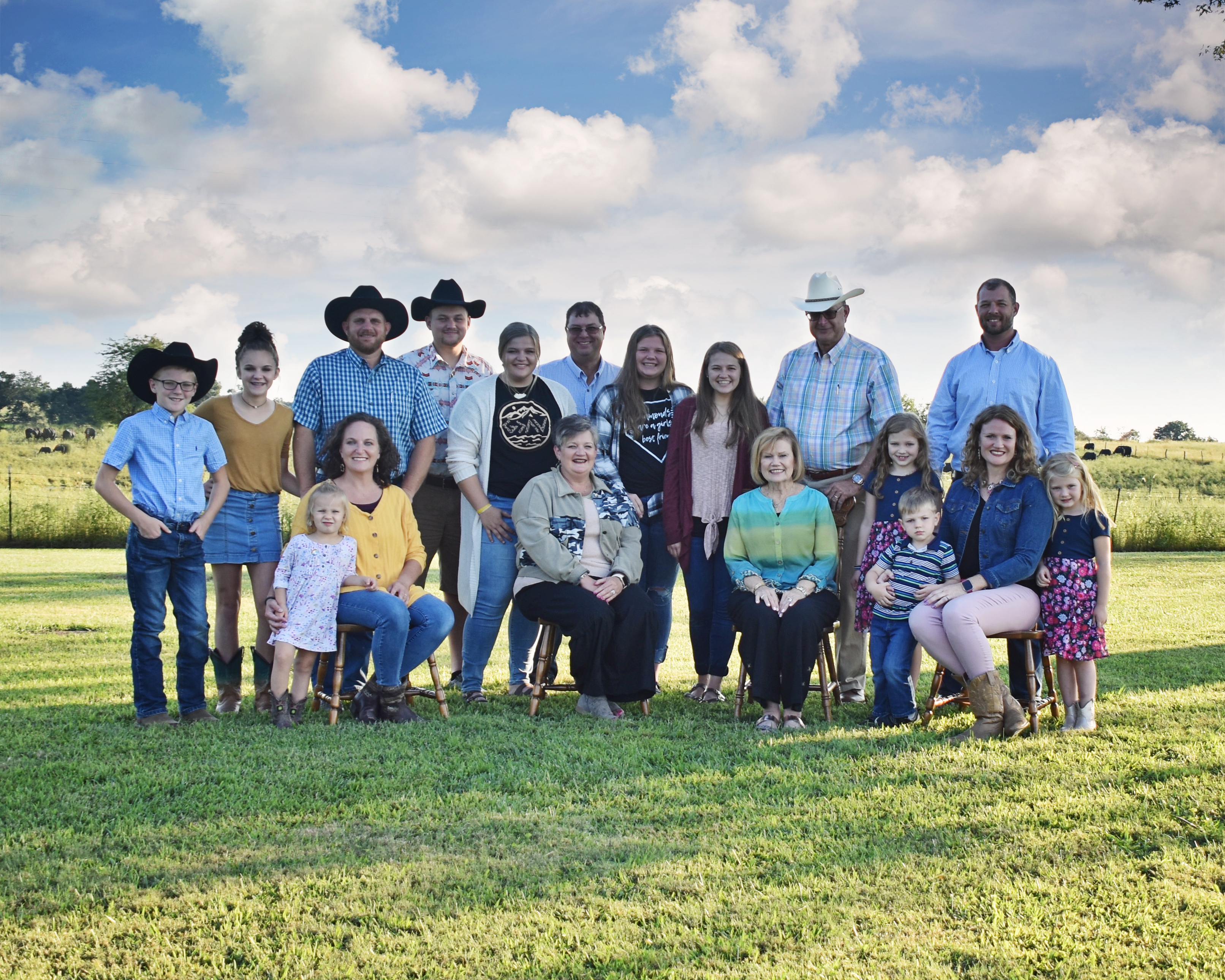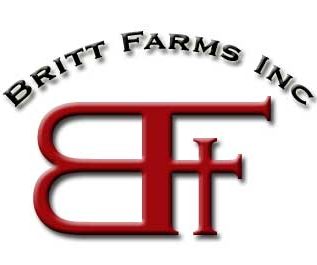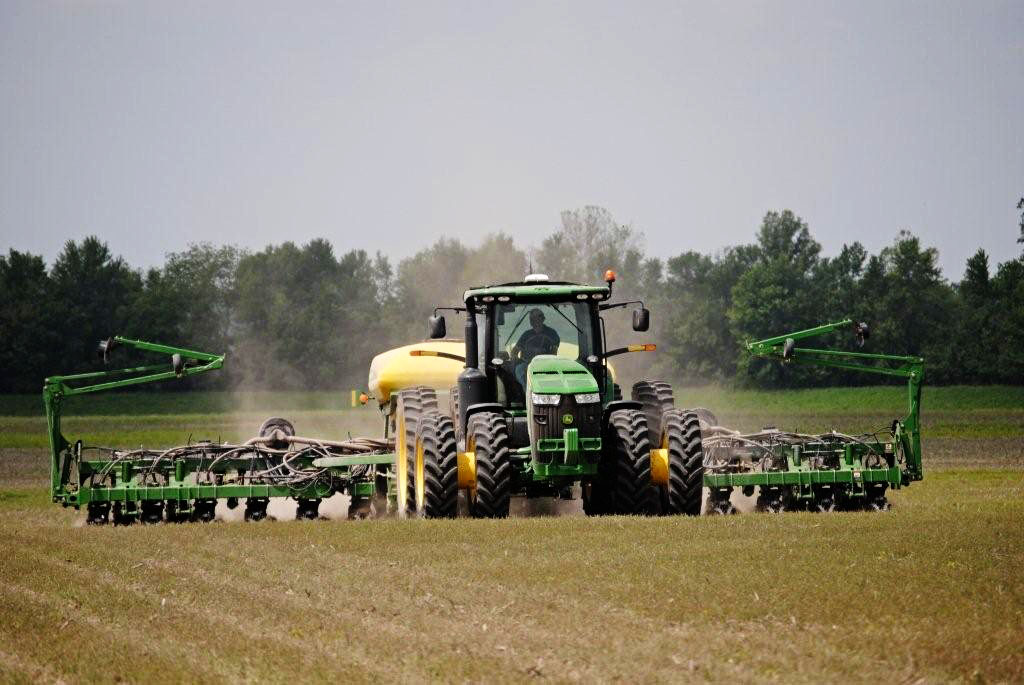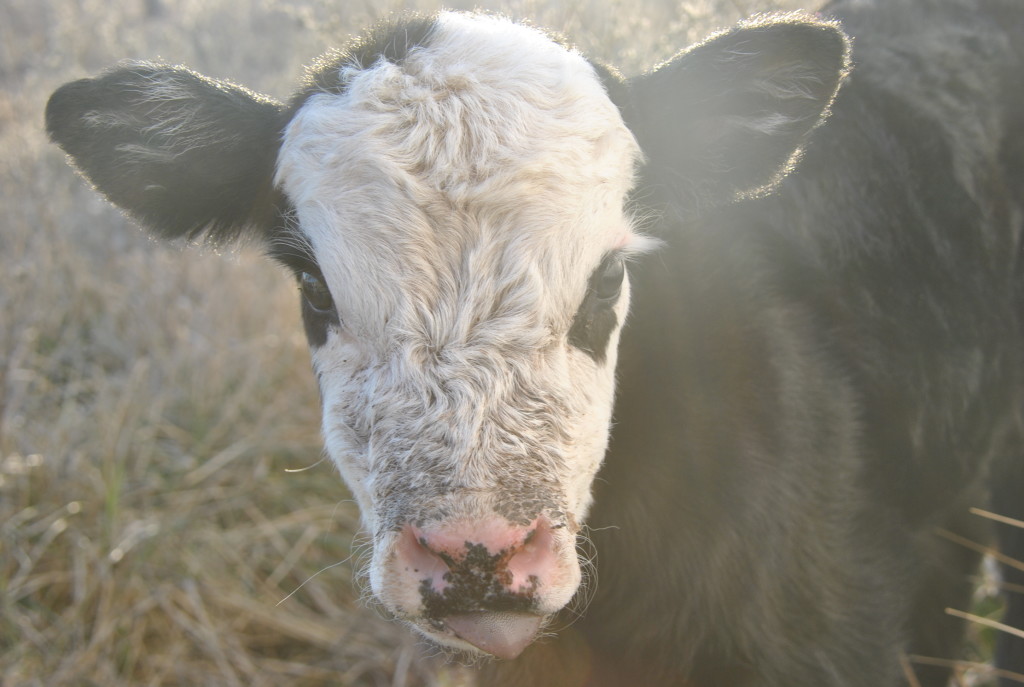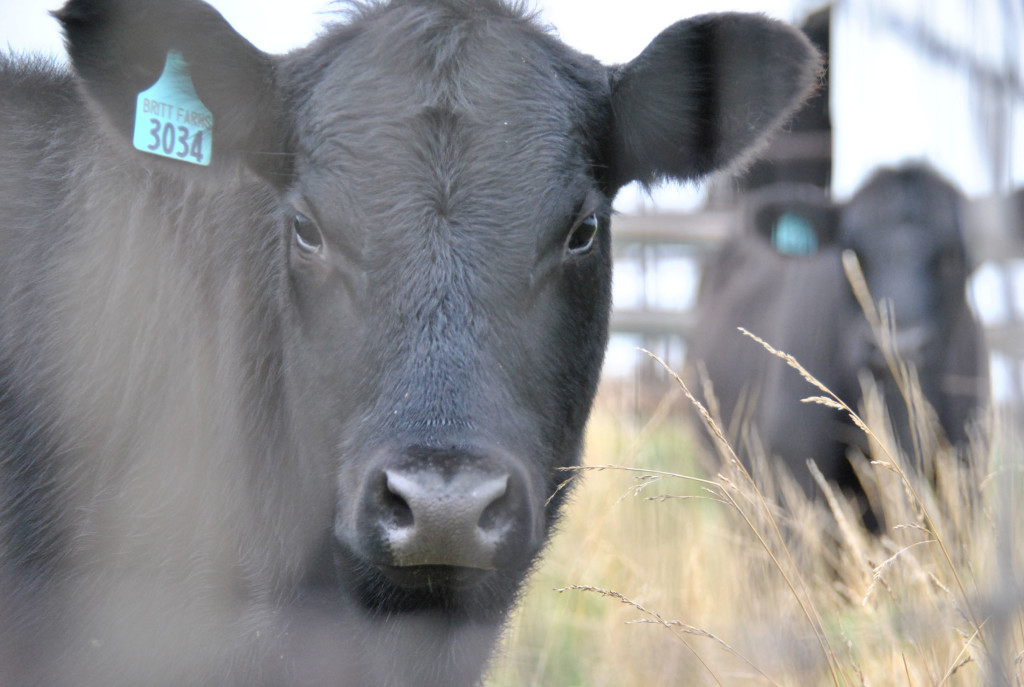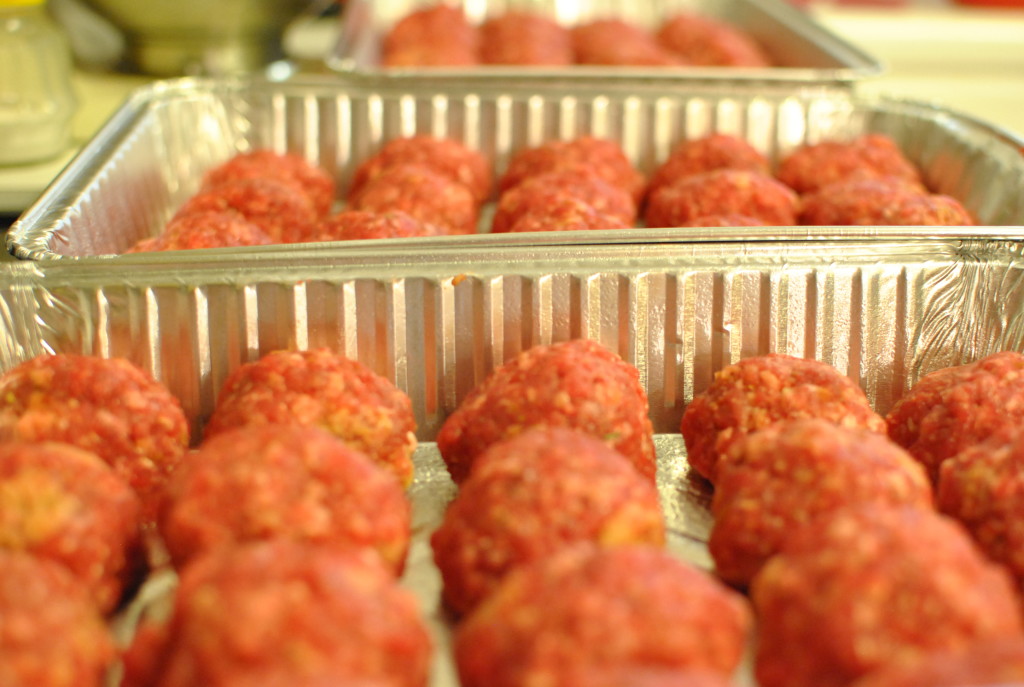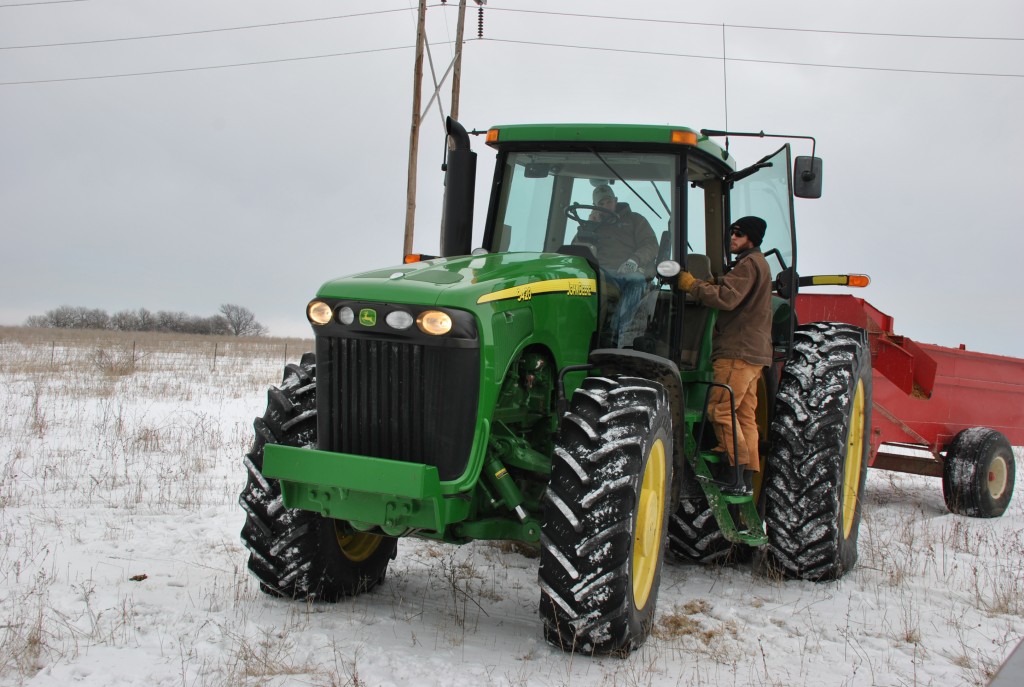Your source for Healthy and Affordable Beef
What’s the Difference between Commercial Beef, Natural Beef, Kosher Beef, and Grass-fed Beef?
James Beard Award Winner, Deborah Krasner, has written a beautifully illustrated cookbook entitled, GOOD MEAT, The Complete Guide to Sourcing and Cooking Sustainable Meat. Ms. Krasner’s definition of Commercial beef was our “conversation starter” at lunch today. (Actually, it was a distraction from discussing THE DROUGHT.)
The commentary explains the difference between Commercial Beef, Natural Beef, Kosher Beef, and Grass-fed Beef and is helpful to the consumer. It was helpful to us, too. Although my husband has been finishing beef for 40 years, he learned something today. Maybe this is news for you, too:
“Commercial beef in America is feedlot beef, which is the reverse of slowly raised, entirely pastured beef. Instead of growing slowly on grass, young cattle are sold to commodity beef companies to be fattened as rapidly and cheaply as possible. They are herded into cramped corrals and fed a diet of corn blended with refuse and growth hormones. This fattens them quickly, even though corn is indigestible for ruminants when it’s their primary food—it’s acidic and makes them sick. To compensate for that, the animals are dosed with sodium bicarbonate. In fact, feedlots are the largest users of sodium bicarbonate in this country; it arrives by the tanker load.”
I couldn’t help smiling when I saw my husband raise his eyebrows. Sodium bicarbonate? Baking soda by the tanker load??
Our feedlot is small. So maybe we just don’t know. Our cows like corn. They really like corn. Corn silage and corn mixed in haylage makes them hurry to the feed bunk and lick it clean. Of course, my husband knows not to feed them straight corn without any roughage. I guess that explains why I haven’t seen a bright orange semitrailer with a red circle emblem of a muscular arm gripping a hammer rumbling down the gravel road to our feedlot. I suppose we could be unaware of sodium bicarbonate in other feed sources so I plan to investigate and I will let you know my findings.
In honor of the 2012 Olympics in London (the athletes are amazing!) I served Deborah Krasner’s recipe for London Broil. It was flavorful and juicy. And it’s not that difficult to prepare.
London Broil (from Beef Chuck Shoulder Steak) serves 4
-
2 cloves garlic, finely chopped
-
2 tablespoons fresh rosemary needles, chopped
-
Freshly grated zest of 1 lemon
-
¼ cup extra-virgin olive oil
-
2 tablespoons red wine or sherry vinegar
-
1 teaspoon Dijon mustard
-
1 1/3 pounds London broil from grass-fed beef chuck (about 2 inches thick)
-
2 teaspoons coarse sea salt such as gray Atlantic or Celtic (for pan-searing only)
Blend the garlic, rosemary, lemon zest, oil, wine, and mustard and turn the meat in the mixture so that the marinade coats both sides. Leave at room temperature for 2 hours or refrigerate overnight, taking care to bring the meat to room temperature before cooking.
Heat a dry, seasoned cast-iron frying pan, grill pan, or outdoor grill to high heat. If using a pan, sprinkle the coarse salt over its surface and heat to popping. Remove the meat from the marinade, shaking and blotting to remove any excess, and lay it in the hot pan—it should sizzle. Cook the meat over high heat for about 5 minutes, or until it is browned on one side and does not stick. Turn the meat over and cook on the other side for about the same period of time. Remove from the pan and let the meat rest for 10 to 15 minutes before slicing thinly against the grain.
London broil is as much as way of cutting and preparing beef as it is a particular cut of meat. Essentially, it means marinating meat and then slicing it thinly across the grain, much like flank steak. Marinate for as little as 2 hours or as long as overnight, but do bring the meat to room temperature before cooking it. Leftover London broil makes outstanding sandwiches and is also a great addition to salads when thinly sliced.
-from Good Meat by Deborah Krasner
Vacation! Fishing! Or….Grazing School?
What does a farmer do on a 103 degree weekend in the middle of the worst drought in 50 years?
After taking care of livestock there are several options: vacation in Canada, trout fishing in the Ozarks, visit neighbor’s swimming pool or even catch up the bookwork in the air conditioned office…my farmers chose to attend the Management Intensive Grazing School.
Evaluating pasture Plants and Weeds and estimating forage yields was easy to do in these conditions…
This event was sponsored by our local Soil and Water Conservation District, the Natural Resources Conservation Service and the Northeast Missouri Extension Councils. It was well-planned and carried-out in spite of the severe drought conditions.
90 percent of class-time was indoors by the air conditioner complete with a delicious supper, light-as-a-feather yummy cinnamon rolls for breakfast and a sandwich luncheon with fantastic brownies and cookies.
Topics included Fence and Watering Facilities in Grazing systems…
Forage Growth and Management, Managing Fescue and Forage Quality, Livestock Nutrition, Stockpiling for Winter Pasture, Evaluation of Farm Resources, Layout and Design of Grazing Systems and Power Fencing were some of the other sessions.
“Extra Crispy”…
While we were braving the waves of heat in the hot sun as we foraged for grasses, legumes, and even weeds on the ridge, the cows were down the hill, resting in the cool shade by the lake.
We soon recovered though… 😉
This is our first real summer of Rotational Grazing and we believe it has extended our pastures during these weeks without rain. We’re thankful for the education and help the Farm Agencies have provided, Maurice Davis’ layout and design and John Turner’s fencing!
How hot is it in your neck of the woods? After we returned home, I found this email in my inbox…
It’s So Hot in MISSOURI that……
· ….the birds have to use potholders to pull the worms out of the ground.
· …..the trees are whistling for the dogs.
· …..the best parking place is determined by shade instead of distance
· ….hot water comes from both taps.
· …..you can make sun tea instantly.
· …..you learn that a seat belt buckle makes a pretty good branding iron.
· …..the temperature drops below 90 F and you feel a little chilly.
· …..you discover that in July it only takes two fingers to steer your car (one on each hand)
· ……you discover that you can get sunburned through your car window.
· …..you actually burn your hand opening the car door.
· …..you break into a sweat the instant you step outside at 5:30 A.M.
· …..you realize that asphalt has a liquid stage.
· …..the potatoes cook underground, so all you have to do is pull one out and add butter.
· …..the cows are giving evaporated milk.IT’S SO DRY in Missouri that the Baptists are starting to baptize by sprinkling, the Methodists are using wet-wipes, the Presbyterians are giving rain checks, and the Catholics are praying for the wine to turn back into water!
Louisville Farmer’s Market & Cincinnati Creation Museum!
Too hot and dry in Missouri, so we escaped to an oasis in Louisville, Kentucky—Kara and Ryan’s welcoming apartment on the campus of Southern Seminary.
And Kara took us to St. Matthew’s Farmer’s Market!
Breakfast at St. Matthew’s provided by Chelsey…and guess what! I had BEEF SAUSAGE with my egg and cheese and it was DELICIOUS!!!!
It was hot and dry in Kentucky too, but it didn’t stop the Mennonite gardeners who raised these beautiful green onions.
On to the Creation Museum near Cincinnati, Ohio…
This museum explains Creation by including all the senses–excellent visual displays of wax figures, a fun movie featuring the “Men in White”, lovely fragrant gardens, a snack shop and a petting zoo!
A superb supper at Mitchell’s Fish Market!
“Summertime—an’ the livin’ is easy!”
Dessert…
Sunday breakfast at the Edwards’ was THE BEST! Kara shared her recipe for Omelet Muffins which she served with a fruit bowl of strawberries, peaches and mango. Her table was beautiful, the muffins smell soooo good, and we were in a hurry to leave for church, and I regret to tell you I forgot to take a picture…but here is the recipe.
Breakfast Omelet Muffins
-
1 lb sausage
-
1 C Broccoli florets
-
8 large eggs
-
1/4 C milk
-
1/2 tbsp veggie oil
-
1/2 tsp baking powder
-
Salt and pepper to taste
-
Freshly grated parmesan
1. Preheat oven to 375 degrees and lightly spray muffin pan (makes 12
muffins)
2. Brown sausage
3. Mix in broccoli and scoop into each muffin space, spread evenly.
4. Whisk together eggs, milk, oil and baking powder. Season with salt and
pepper.
5. Ladle the egg mixture over sausage and broccoli.
6. Sprinkle with parmesan cheese.
7. Bake for 15-20 minutes.
You’ll want more than one!!!


































